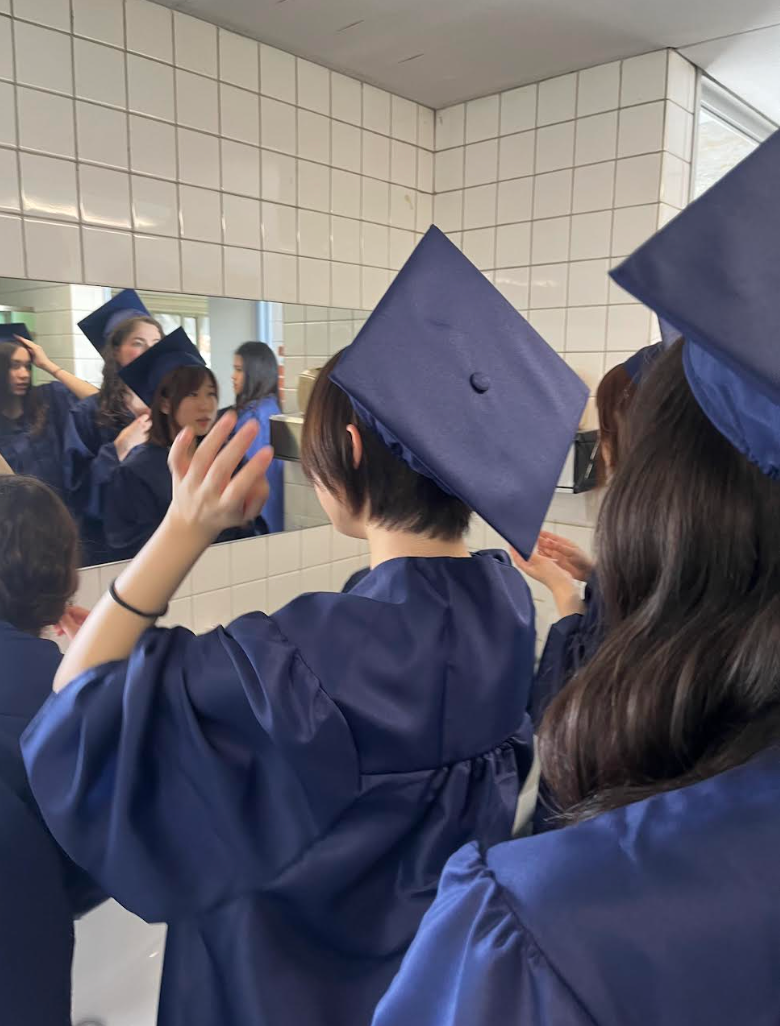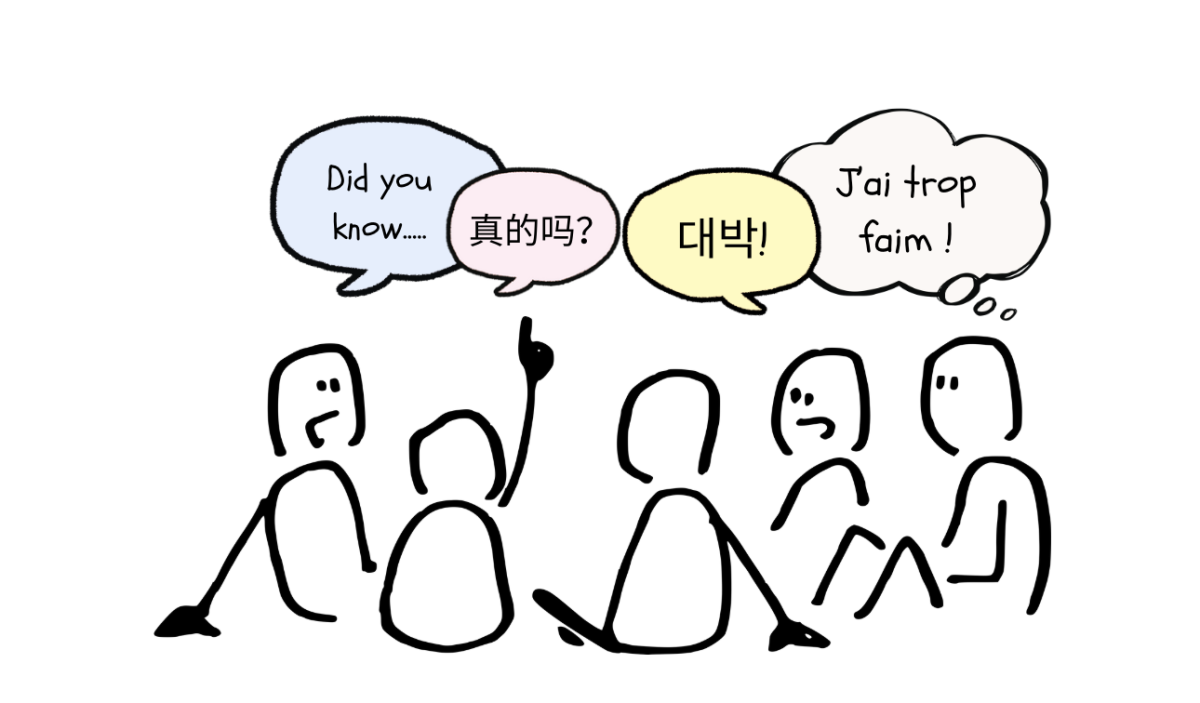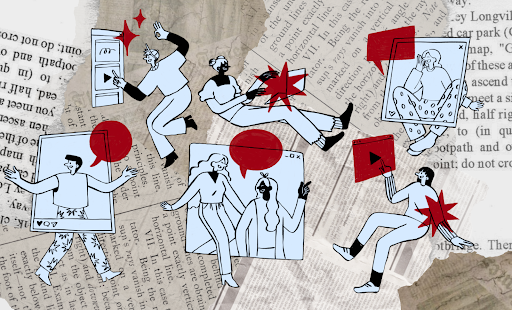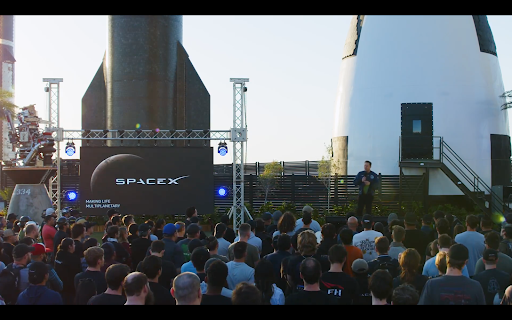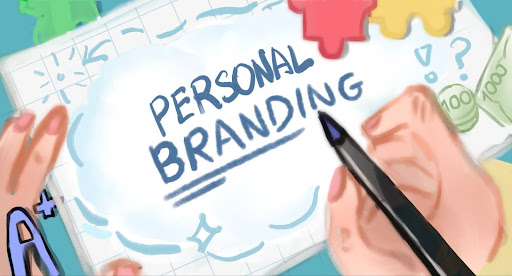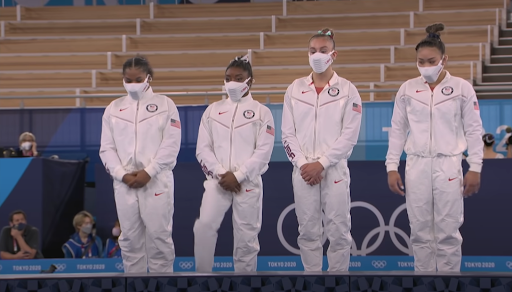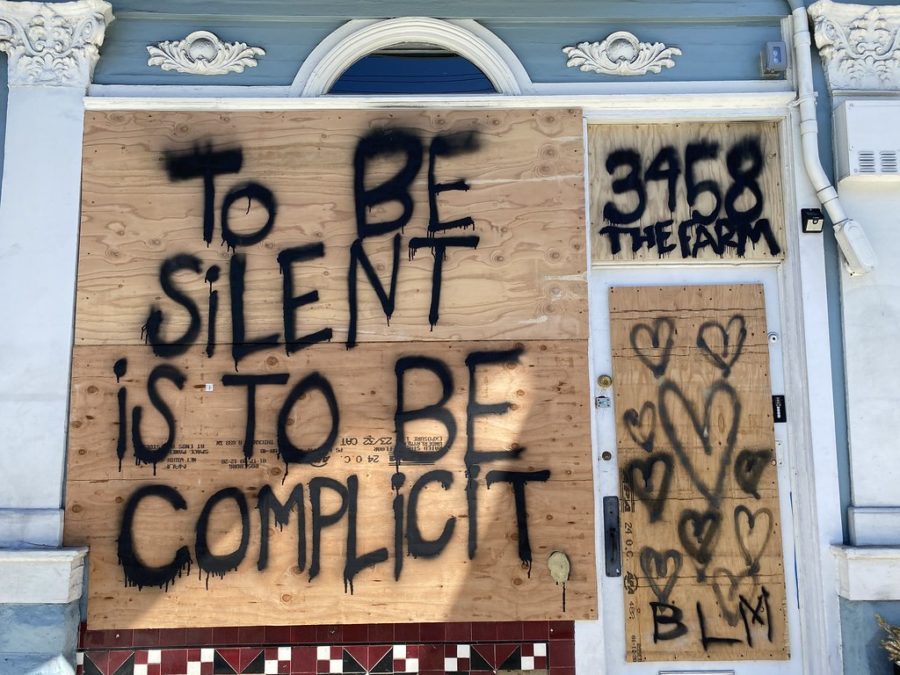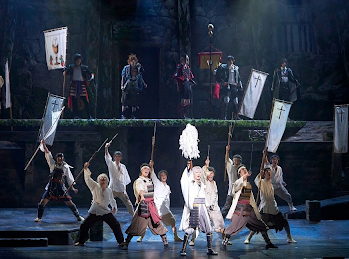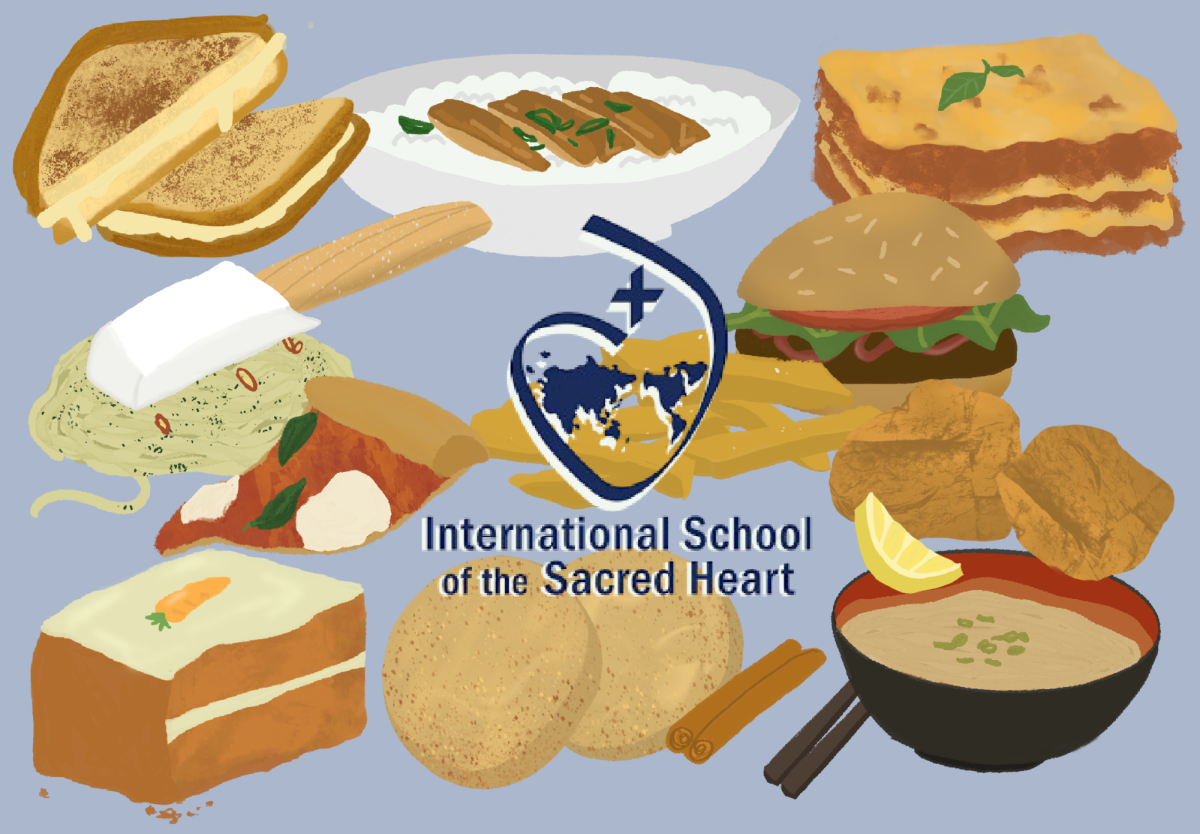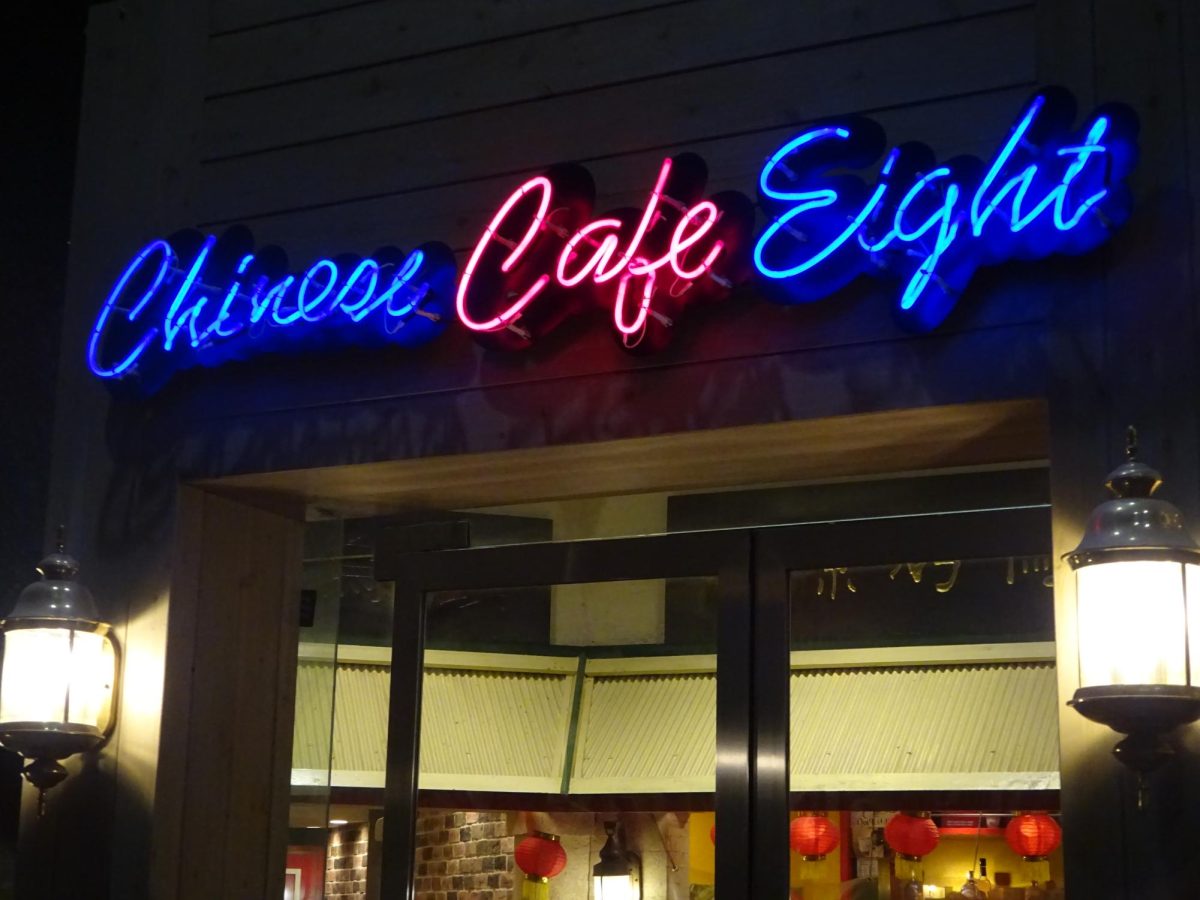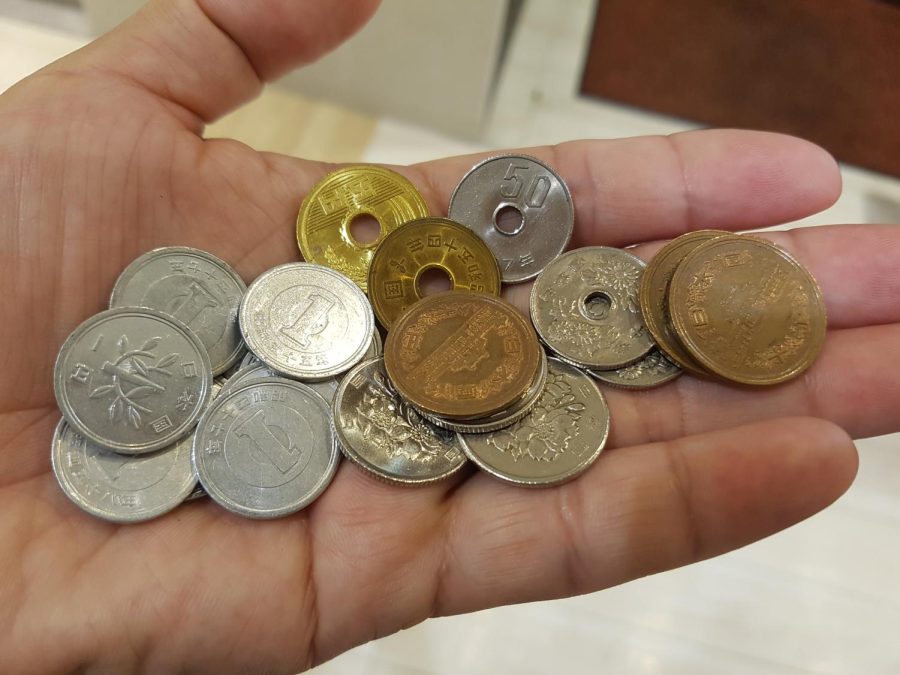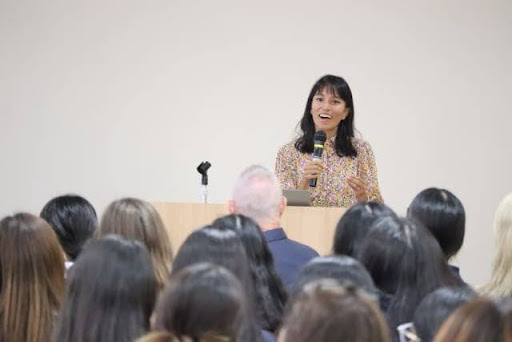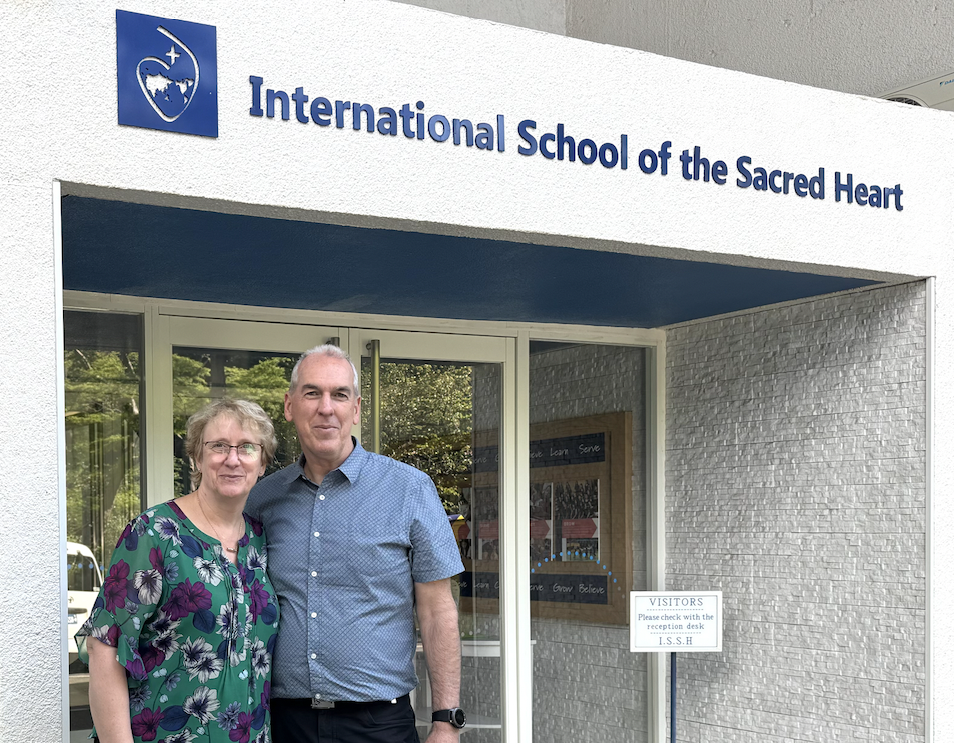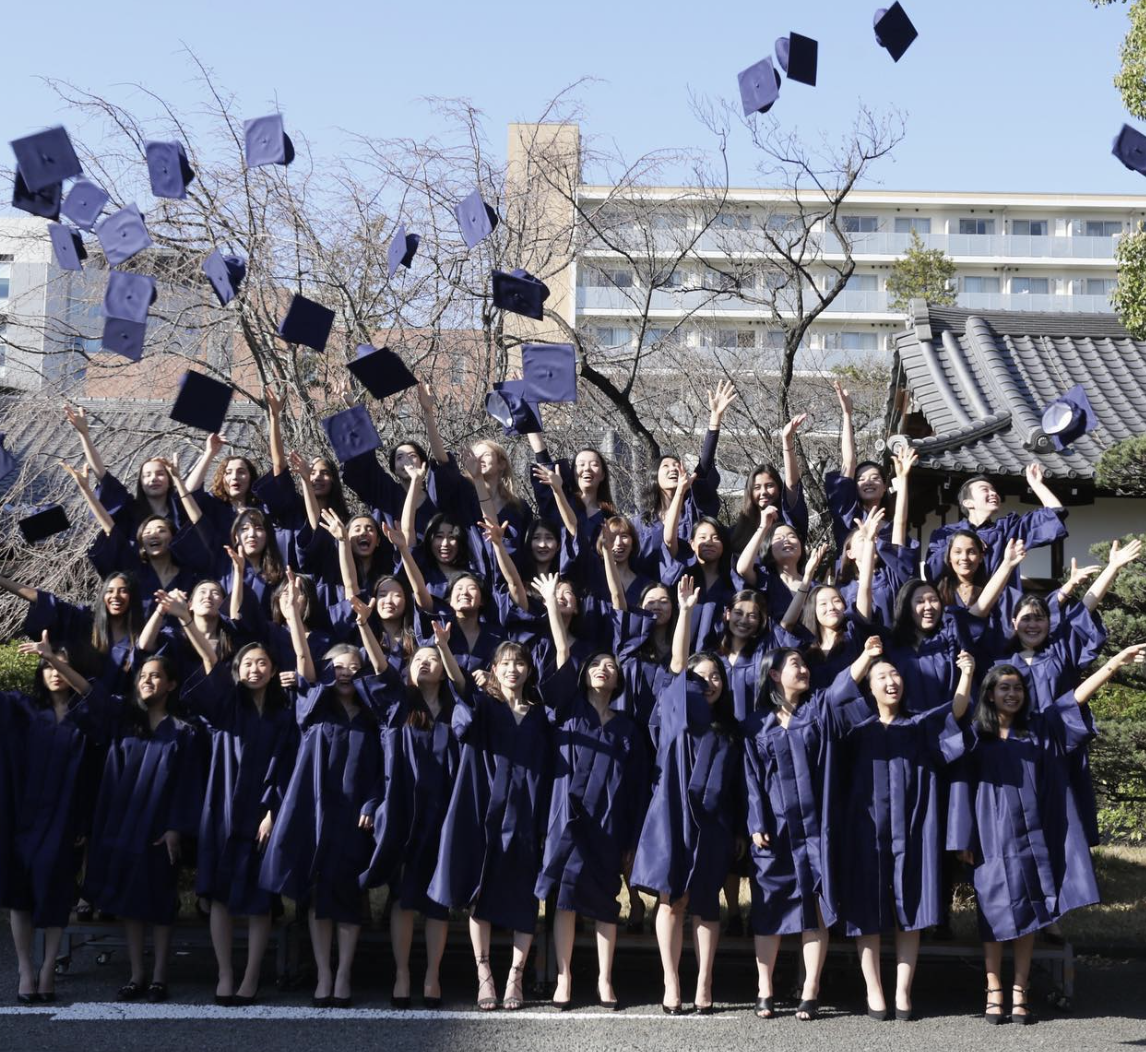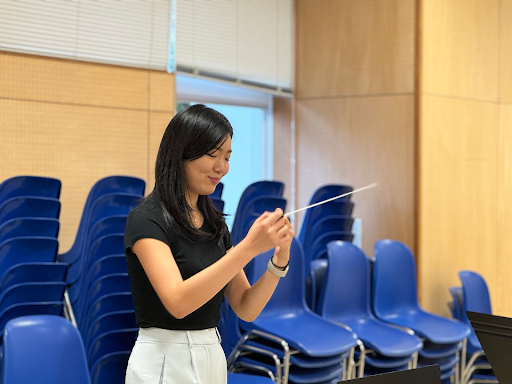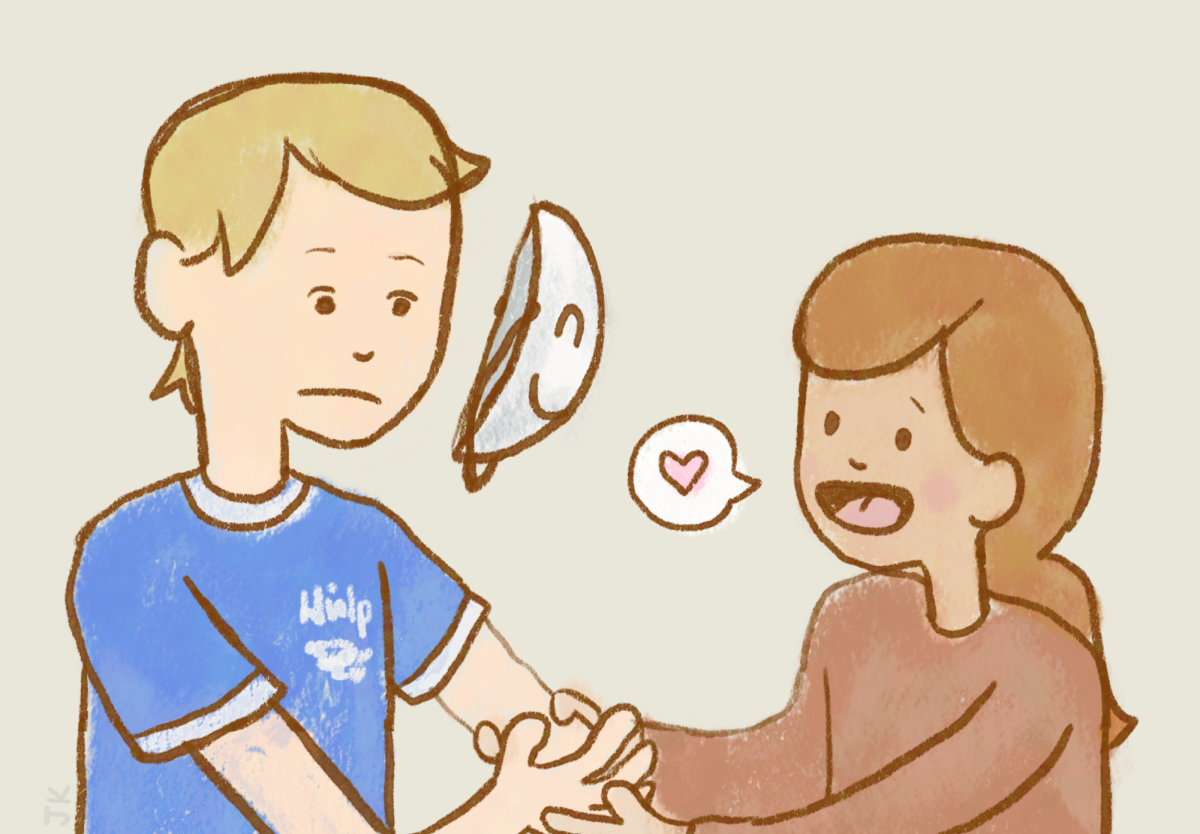
If you hear of a person who saves paralyzed dogs, helps blind people see for the first time, and spends over 30 million dollars in giving away free food, you wouldn’t call this person evil. Everybody loved the YouTuber and benefactor MrBeast, well known for his high-budget content involving attention-grabbing challenges or philanthropy. At least, that was the case until early fall of 2024, when MrBeast’s collaboration with Amazon Prime Video in making the world’s biggest reality competition show went awry. During the Beast Games, involving a thousand eager contestants and a cash prize of $5,000,000, many contestants were allegedly deprived of adequate food, sleep, and medication. These allegations shed light on content creators exposing MrBeast’s offline persona, involving the tweaking of challenge results during the editing process, or the intentional omission of negative reviews of his burger brand, MrBeastBurger.
MrBeast’s scrupulous efforts to nit-pick all aspects of his videos to create a curated outer appearance still doesn’t change the fact that trees were planted, people were fed, and schools were built.
“So do the motivations behind charity work matter?”

Social Service Council president and TASSEL club leader Kayla L. (‘26) shares how her exposure to various kinds of volunteering opportunities in her first year at ISSH inspired her to be involved further in service work. Through the 2022 Relay for Life marathon and a service trip to Cambodia in her freshman year, she realized that she had a passion for volunteering. “I think this is the most important factor for everyone – if you wanna do something, you’ll just put so much more of the effort in. The best leaders do it because they genuinely feel a connection to what they’re doing, and want to continue doing it.”
Unlike Kayla, the Youth Impact club leader Sera K. (‘25)’s motivation for volunteering was not prompted by a passion for charity, but the pressure of college applications. Having tutored underclassmen at school before, Sera always wanted to serve her community through education, but never found the right opportunity. Finally, in Sera’s sophomore year, she discovered a food pantry charity called Minato Children’s Cafeteria that provided meals and education to financially challenged single-parent families. Her intention of joining this organization was partly due to the pressure of college; everyone else was taking advantage of ISSH’s extensive fundraising opportunities to assemble their college resume. “I was pretty worried about my college apps being weak in the activities section,” Sera admitted.
However, Sera’s pursuit of charity was spurred not long after she started seeing changes in the children’s attitude and their outlook on education. Realizing the impact she could make in others’ lives, she started involving herself in more service work, traveling to Kathmandu Valley, Nepal to promote education and women’s empowerment and learn about sanitary pads in Nepal through a girls club at a local school. Sera is now affiliated with numerous organizations, both in school and externally, such as Nepal SEEDS, the Youth Impact Club, Plan International, and Hands on Tokyo. Grateful for the eye-opening impact of her first volunteering opportunity, she also continues to work at Minato Children’s Cafeteria.
Along with the fact that 104 high school students at ISSH are members or leaders in service clubs like TASSEL, Youth Impact, Animal Rights, Girls Club, and Visionaries in Action, both Kayla and Sera’s experience with service work substantiate that many students at ISSH each have their unique individual motives behind volunteering. However, assuming that many students also share Sera’s past anxieties, why does everyone believe that volunteering is one of the crucial elements in creating a presentable college application?
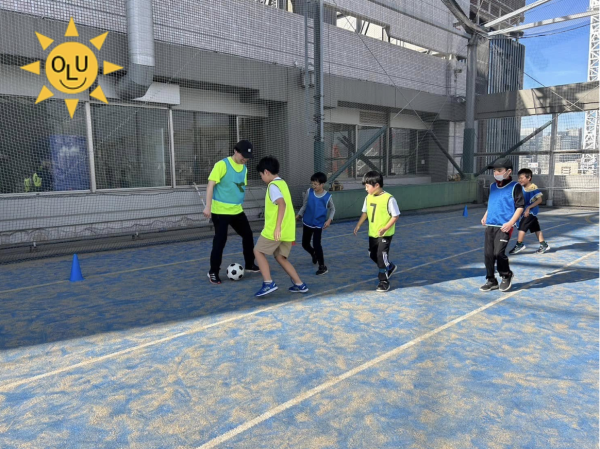
Image credit: Olu Olu Facebook Profile
Our school college counselor Ms. Sin, well aware of the ISSH student body’s propensity to panic over volunteering due to the burden of university applications, suggests a probable cause as to why students may feel obligated to service within school: volunteering in Japan predominantly requires you to speak conversational Japanese fluently, limiting opportunities for international students outside of school. As these English-speaking students compare themselves to their peers in the US, who have many opportunities to volunteer, they feel that their resumes are lacking.
To assuage these sentiments, Ms. Sin explains that comparing yourself to students in the US is unnecessary, because the volunteering aspect of your extracurriculars is “more like a supplement,” and “[the admissions team] is not going to penalize you students just because they don’t have volunteering [experiences]. They know that it’s not a big culture here, and it’s not like America.” In addition, “Australia, Netherlands, and Europe don’t really care about that kind of process.”
While some service club leaders and members may want to fundraise or volunteer for the incentives, motivations behind participants of fundraisers must also be investigated. An anonymous form sent out to the high school student body reveals the true reasons as to why students often donate to our student-organized fundraisers.

Excluding the ISSH free dress days held in commemoration of the school’s anniversary or in the spirit of Halloween and Christmas, on all the other days, a mandatory 200 yen donation is requested to go towards a cause, in exchange for wearing clothing of choice other than our uniform (the degree of free dress is technically limited, since usually there is a particular color theme students are still required to follow). Out of 61 HS students attending ISSH, 71.9% of students usually take part in the free dress days, with the principal reason being that it is a chance to wear something of their choice, rather than wanting to support a good cause.
Similarly, when students occasionally organize bake sales to raise funds within our community (which swarms with hungry students during the snack break), more than half of the students admit to buying homemade oatmeal cookies and fudge brownies with the intention of a sweet treat rather than supporting a good cause.

Are the results shocking? No. Even without these statistics, it’s pretty apparent that charity events are leveraged for personal interest when students crowd around the bake sale, frantically scouring to grab the biggest brownie square, or when students come to school in all black, completely disregarding the pink-themed free dress day for breast cancer awareness day. However, if funding for the cause is the main objective of a fundraiser, do service club leaders value the intention of participants?
The president of the Social Service Council Kayla A., so far having organized the “Dress like your Favorite Man” and pajama day during semester 1, asserts that these opportunities are a “good way to motivate students” to participate in fundraisers, as they “[give] money in exchange for something that they benefit from.”
Similarly, when World Council president and Youth Impact club leader Grace T. (‘25) was asked if Youth Impact club would consider implementing a member-selection application process in order to disqualify members with incentive-motivated mindsets, she replied with indifference to motivations. “As long as they come here and are willing to do work, putting time and effort into what they’re doing, intentions don’t matter that much.”
It can be construed that both these leaders value overall participation over incentive-driven motivation. These incentives may just be the first push students need to step out of their comfort zones and pursue charitable work; these efforts have even enlightened students and broadened their mindsets, as seen in Sera.
Volunteering has left quite an impact on Grace and Sera’s university selections as well. As members of the graduating class of 2025, despite preparing to leave the memories of 14+ years at ISSH behind, they are both hesitant to abandon their high school pursuits.
Sera doesn’t view the causes she advocated for as simply a chapter of her high school life, and in fact, hopes to continue volunteering even in college. “One of the big things I’m looking for in universities is if they offer volunteering or social work and if that community prioritizes that. I would say that a lot of the schools I’m applying to all have a strong emphasis in that area.”

Similarly, Grace explains that the core reason she started volunteering in the first place was “to give back to society,” which is why she would definitely continue charitable work in college. When asked if she would still volunteer if she theoretically didn’t go to pursue a higher education, she highlighted that this would, in fact give her “more time” to dedicate herself to volunteering, as she’s always “wanted to go on like a longer trip just to a certain place, similar to what TASSEL does.”
As exemplified by these soon-to-be graduates, whether students are looking to gain some form of incentive through organizing or participating in volunteer work, the impact of their overall actions outweighs the initial intentions. Just as Mr Beast’s philanthropic content makes him seem like a benevolent individual when allegations say otherwise, students’ initial motives don’t change the fact that families were fed, children were educated, and lives were changed.


